This article presents an annotated list of lost treasures from the last decade of American silent films. Before getting started, read this brief history of American silent films.
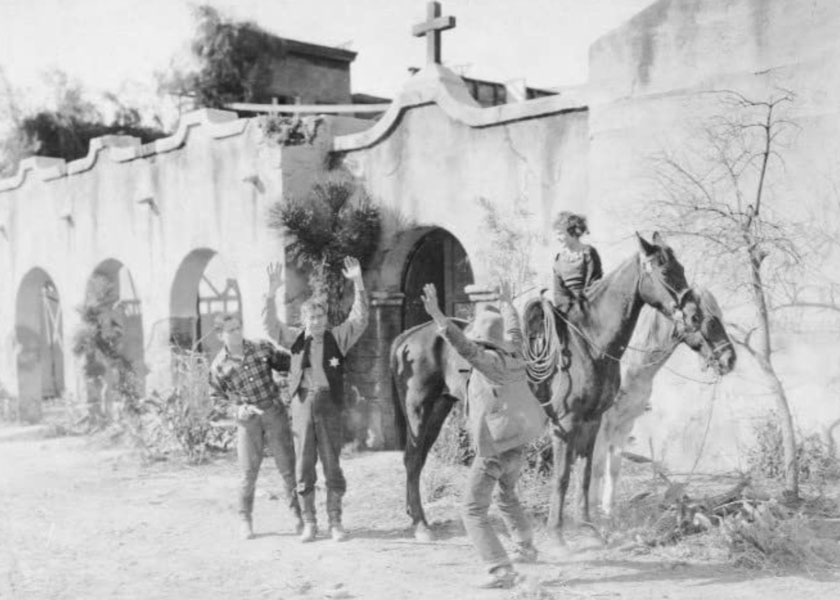
The Knickerbocker Buckaroo (1919)
Directed by Albert Parker
Starring Douglas Fairbanks
Before he became a swashbuckler, Douglas Fairbanks played the dashing, adventurous, all-American, young man. This lost film about a wastrel New York clubman who goes west and battles a crooked sheriff and his outlaw band is typical of Fairbanks films of the teens.
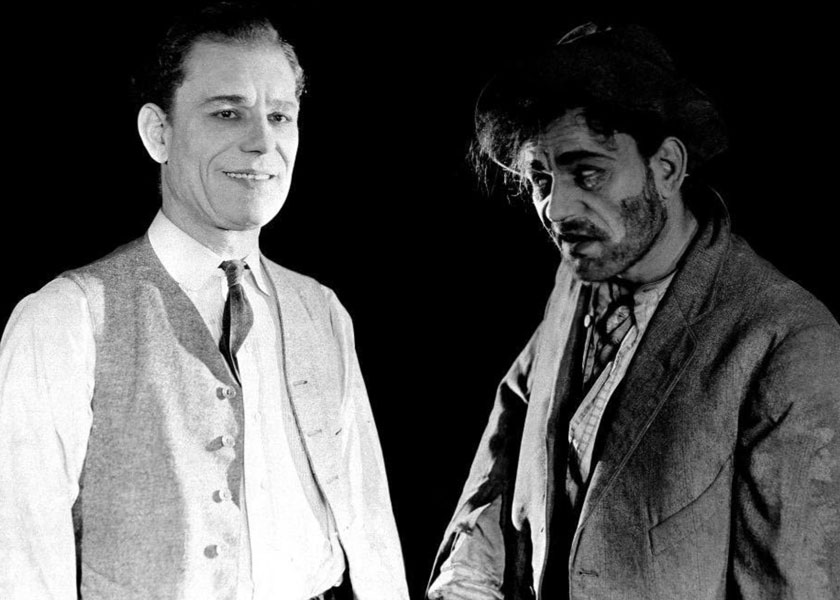
The Miracle Man (1919)
Directed by George Loane Tucker
Starring Thomas Meighan, Betty Compson, Lon Chaney
A group of crooks hope to profit from the acclaimed, miraculous power of healing possessed by the Patriarch, a deaf and dumb, nearly blind, old man. The crooks move in with the Patriarch and attempt to exploit him. However his actual healing powers and the blissful atmosphere of his home soon convert all of them into honest citizens.
The contemporary acclaim given this film is epitomized by the review of Julian Johnson of Photoplay who wrote "I do not recall that the silver screen has ever offered anything better than this and few pieces as good."
Lon Chaney and, to a lesser extent, Thomas Meighan, became first-rank film stars from their roles.
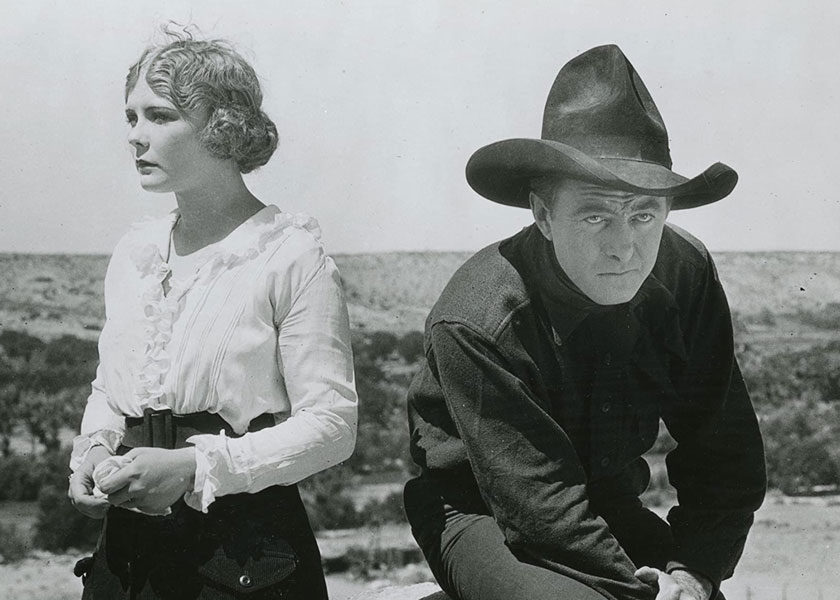
Marked Men (1919)
Directed by John Ford
Starring Harry Carey
Three bank robbers, fleeing a posse, come upon a wrecked wagon containing a dying woman and her newborn baby girl. The mother requests that the men become 3 godfathers to the baby and carry her to safety.
Ford remembered this film fondly. He liked it so much that he directed a 1948 remake, 3 Godfathers, starring John Wayne.
John Ford and Harry Carey made 21 feature films between 1917 and 1921; only three are known to survive mostly intact.
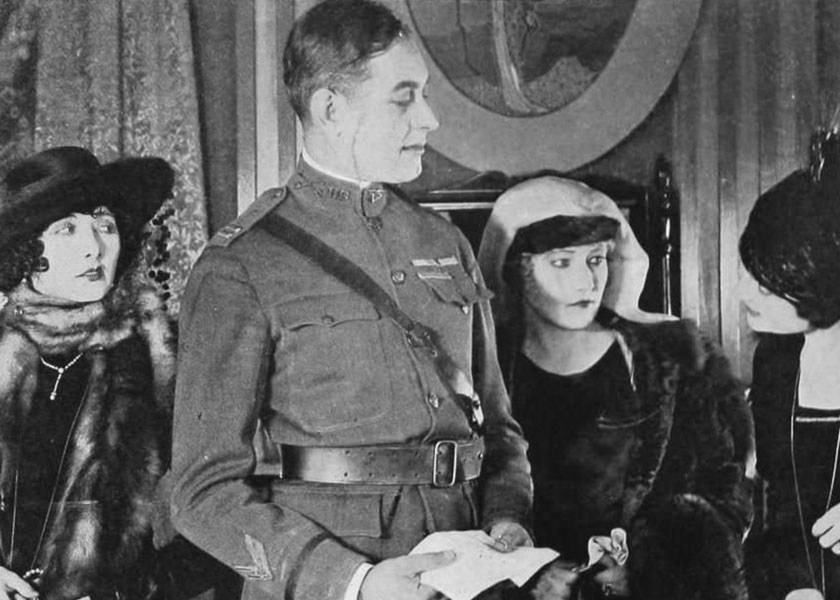
The Devil's Pass Key (1920)
Directed by Erich von Stroheim
Starring Sam de Grasse, Una Trevelyn
A pretty, but innocent and foolish, young wife is manipulated by her fashionable dressmaker into attending a private tea with a handsome American officer. Unknown to the wife, the rooms where they meet are usually reserved for sexual encounters. However, the officer is a gentleman, and recognizing innocence, does not take advantage. The incident, without names attached, is widely reported in their social circle. The husband uses the story for his next play. On opening night all Paris attends and laughs that a man would use his own wife’s indiscretions in his play. Eventually, the husband discovers the truth. He believes his wife’s pleas of innocence and forgives her minor transgression.
A story line that seems headed to tragedy reverses course and ends happily. Stroheim’s film included both daring risqué elements and a subtle sophisticated approach unusual for 1920. The film was a success at box office.
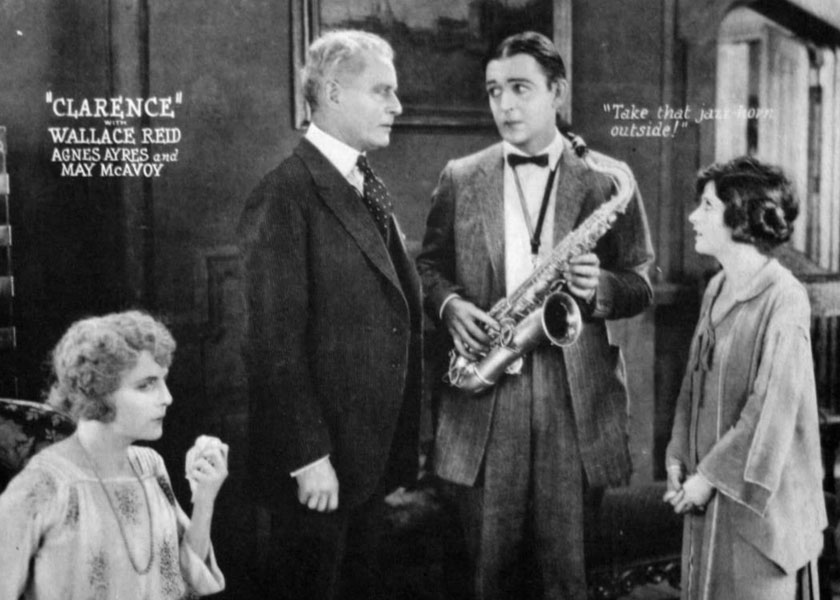
Clarence (1922)
Directed by William deMille
Starring Wallace Reid, Agnes Ayres
A soldier, returned from the war, witnesses a typical quarrel of the perpetually agitated Wheeler family. The father hires him as a servant. Despite his meekness and gawky manner, Clarence has an odd, but winning, charm. In the Wheeler household, Clarence settles disputes, prevents unsuitable elopements, and patches suitable romances. Having ordered the family’s life, he settles his own by eloping with Violet, the governess.
American novelist and playwright Booth Tarkington wrote the play on which the film is based. Leading man Wallace Reid demonstrated his mastery of light comedy pantomime.
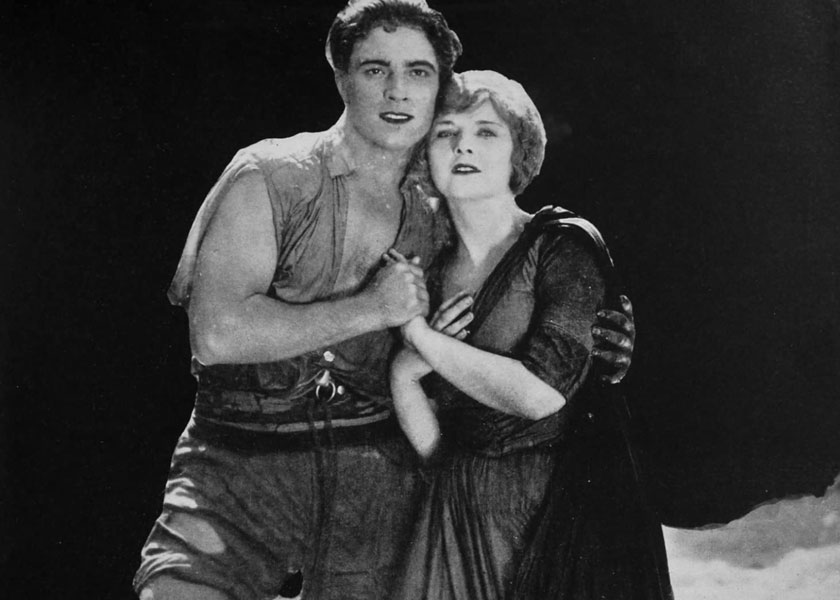
Where the Pavement Ends (1923)
Directed by Rex Ingram
Starring Alice Terry, Ramon Nova
The beautiful daughter of a missionary is loved by a south seas islander. When her father agrees to her marriage with a dastardly ship’s captain, the islander gives the girl his cache of pearls to buy her freedom. Knowing the race barrier separates them, the young man throws himself to his death from the top of a waterfall.
The social code of the time would not tolerate the sexual relationship of a white woman and a native man. The dramatic tension resulting from this social restraint generated public interest in the film which was successful at the box office.
The film may have had an alternate ending in which the young man is actually white brought up as a native, so that the couple’s union would be socially acceptable. This deus ex machina device was commonly used for stories in which a happy ending was desired for a mixed race couple.
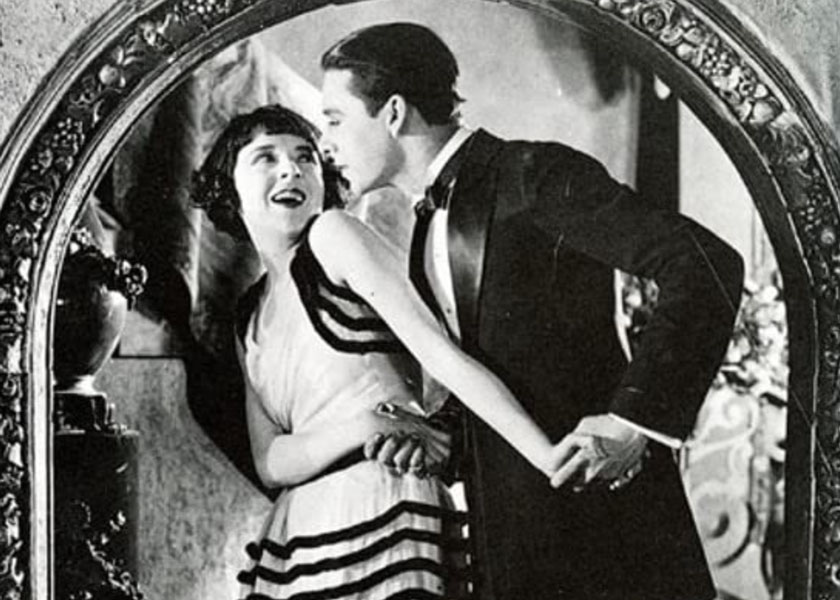
Flaming Youth (1924)
Directed by John Francis Dillon
Starring Colleen Moore, Milton Sills
A modern society mother and her three flapper daughters devote their lives to amusement. The youngest daughter, craving romance and attention, kisses them all but falls in love with one of her mother’s erstwhile admirers. The moral is the emptiness of the modern, party-filled life.
There were earlier movies about flappers, but Flaming Youth was the first to be popular and financially successful and is credited as the first film focusing on flappers. The film is credited with initiating a cycle of movies about flappers. The film’s publicity played up the racier angles: “neckers, petters, hot kissers, pleasure mad daughters and sensation seeking mothers….” Colleen Moore was lauded for her vivid performance as a jazz-devoted flapper.
In a 1931 article, F. Scott Fitzgerald stated that Flaming Youth was the only film that captured the sexual revolution of the Jazz Age.
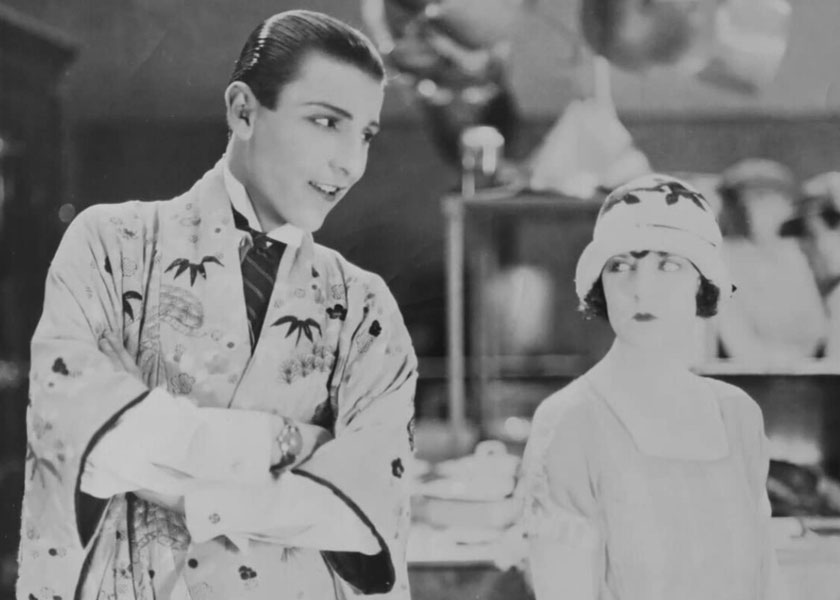
Merton of the Movies (1924)
Directed by James Cruz
Starring Glenn Hunter, Viola Dana
Merton, a young man from a small town, is an aspiring movie actor. He sees himself playing hard riding, dauntless cowboys. Unfortunately for Merton his overacting is so excessive that it’s funny. To his disappointment, Merton has to accept a position as a star of comedies.
The film was well received and successful. The unnamed critic of the New York Times called it “a celluloid gem”, “well nigh perfect”, and with “all the humor and pathos it is possible to extract from the story.”
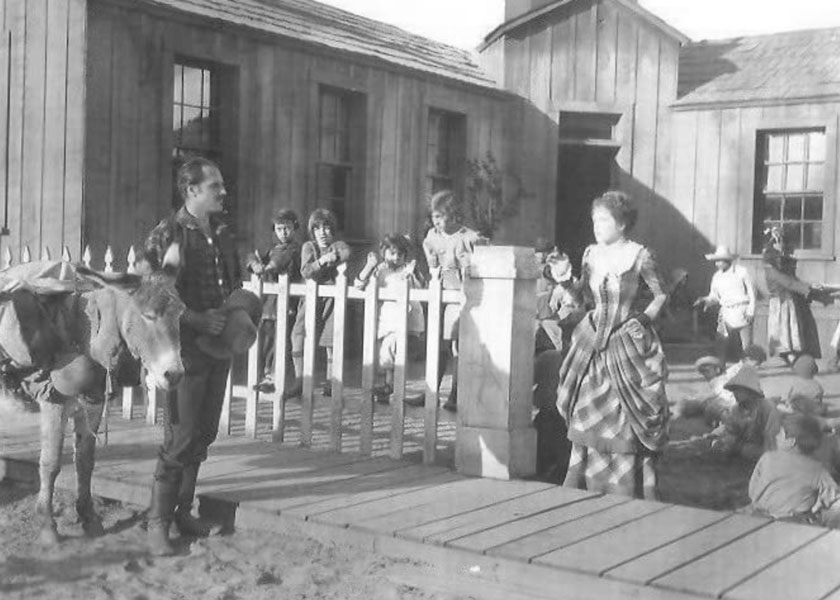
Wanderer of the Wasteland (1924)
Directed by Irvin Willat
Starring Jack Holt, Noah Beery, Billie Dove
Adam Leroy, believing that he has accidentally shot and killed his brother, flees into the desert. Hiding out, he lives with an old miner. When he returns to give himself up, Adam learns that his brother was not killed. Adam is reunited with his sweetheart.
A typical western feature based on a 1923 novel by Zane Gray, the film is noteworthy for being the first feature filmed entirely in Technicolor. Reviews of the time praised the beautiful natural colors of the desert views.
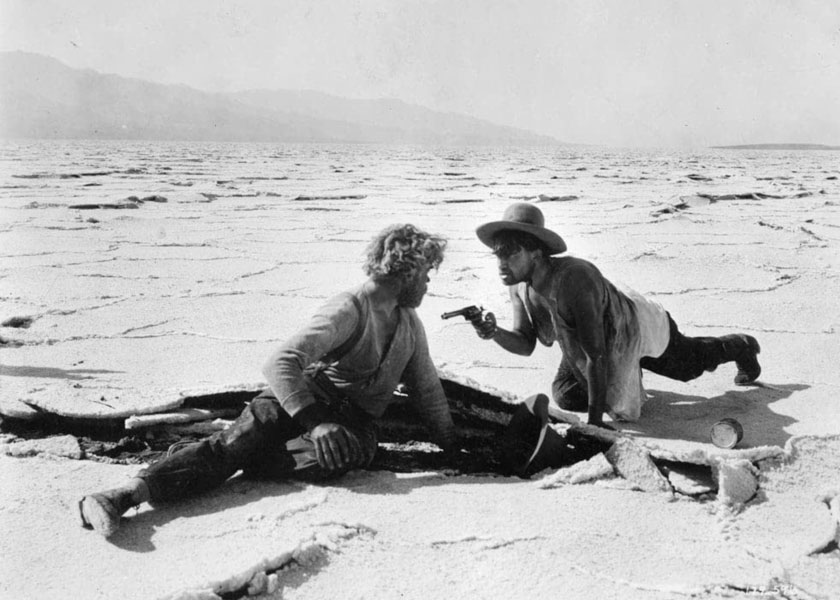
Greed (1924)
Directed by Erich von Stroheim
Starring Gibson Gowland, Jean Hersholt, Zasu Pitts
McTeague, a San Francisco dentist, falls in love with and marries Tina, his best friend’s girl. Shortly after the marriage Tina wins $5000 in a lottery but refuses to spend any of it. The presence of the money is a source of intense enmity between them.
Although this film is not “lost”, much of the footage shot by von Stroheim was destroyed shortly after the film was made. What remains is a powerful depiction of the corrosive effects of “greed”.
Of a reported original 200,000 feet of film, 47,000 feet were gradually cut out by Stroheim. Director Rex Ingram cut the film to a length of 18,000 ft. The studio reduced the film to a final length of approximately 10,212 ft. No complete copies are known to survive.
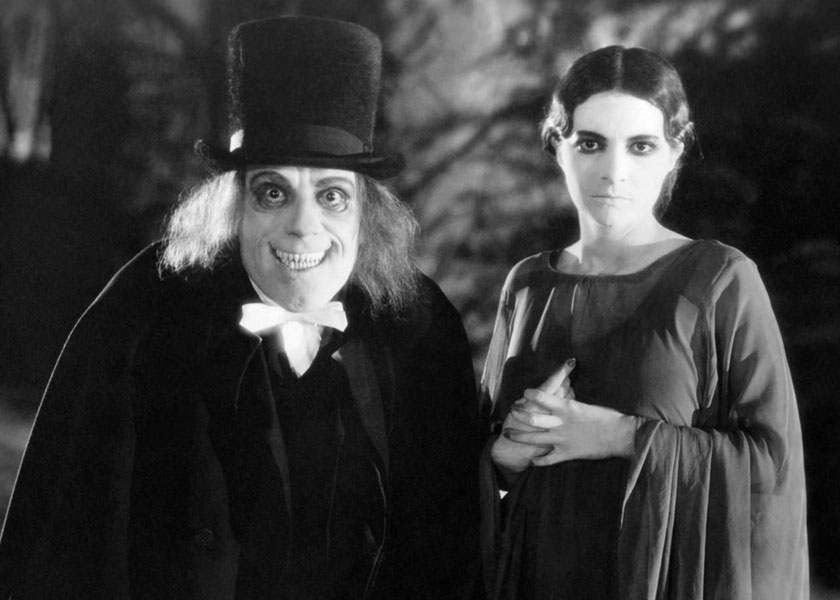
London After Midnight (1927)
Directed by Tod Browning
Starring Lon Chaney
Burke, a Scotland Yard detective, investigates an unsolved murder. Vampires are suspected of involvement in the crime. Burke investigates in his normal dress and in disguise as a vampire.
The well-known image of Chaney in his vampire costume (mouthful of sharp pointed teeth, dark circles around his dilated eyes, tall beaver hat) are iconic. This film is generally regarded as one of the most sought after of all lost silents.
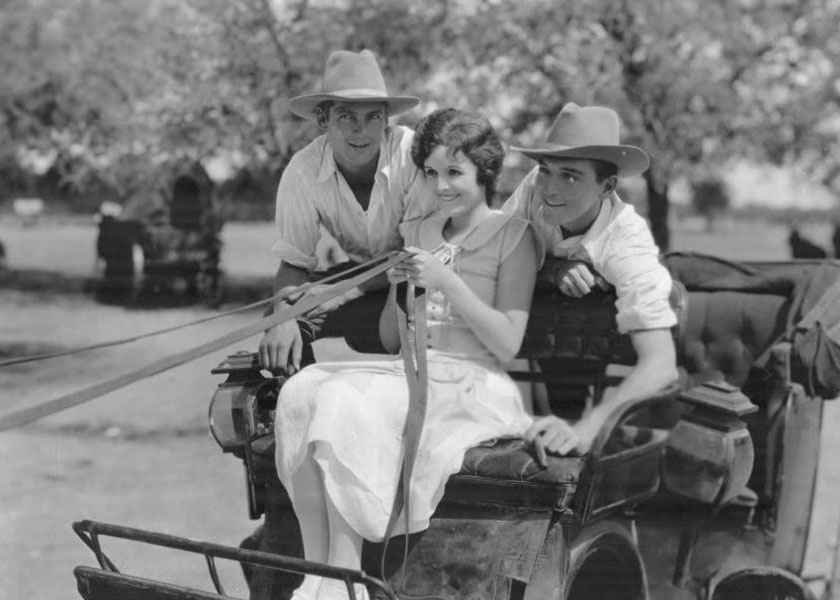
The Rough Riders (1927)
Directed by Victor Fleming
Starring Charles Farrell, Charles Emmett Mack, Mary Astor
Teddy Roosevelt assembles a volunteer regiment to fight the Spanish in Cuba. After Roosevelt welds the disparate aggregation into a fighting unit, they proceed to Cuba where Roosevelt courageously leads them into battle.
The film contained epic sweep, fast action, thrills, humor, sentiment, and a tender love story.
The relationships in the love triangle involving Charles Farrell, Charles Emmett Mack, and Mary Astor provide the romantic focus of the plot. George Bancroft and Noah Beery provide the comedy.
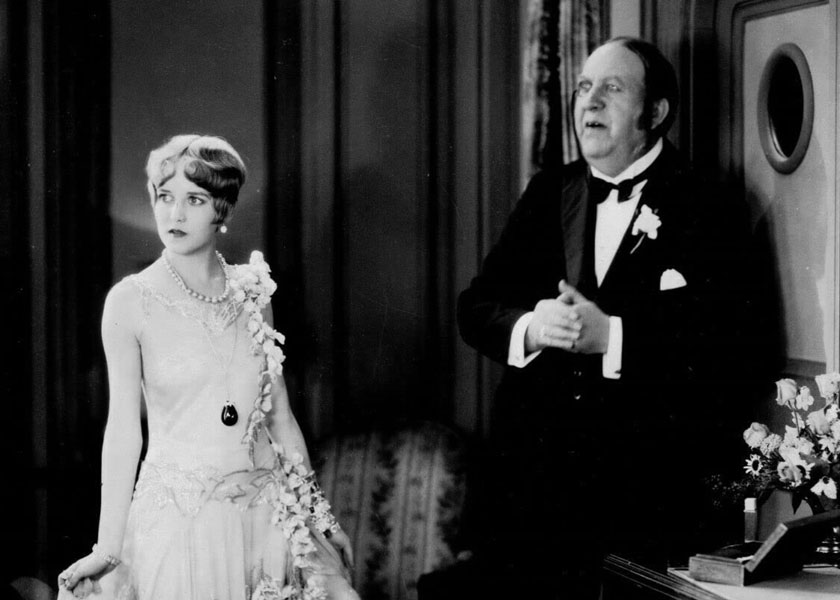
Gentlemen Prefer Blonds (1928)
Directed by Malcolm St Claire
Starring Ruth Taylor, Alice White
Men of all ages cannot resist Lorelei Lee. From liaison to liaison, Lorelei quickly rises in social status from her primitive girlhood in rural Arkansas to marriage with America’s richest bachelor.
By 1925, author Anita Loos had been a scenarist for 13 years. In 1925, she wrote the diary of gold-digger Lorelei Lee as a serial for Harper’s Bazaar magazine. The book form sold very well. Loos turned the book into a Broadway play. She wrote the the scenario and titles for the movie. Ruth Taylor, a pretty young actress who had been appearing in comedy shorts for Mack Sennett since 1925, was cast as Lorelei Lee. Great comic actors, including Holmes Herbert, Ford Sterling, Mack Swain, Chester Conklin, and Trixie Friganza, fill the supporting cast.
Mordaunt Hall, the film reviewer of the New York Times, praised the “splendid pictorial translation of the book” and called the film “an infectious treat”.
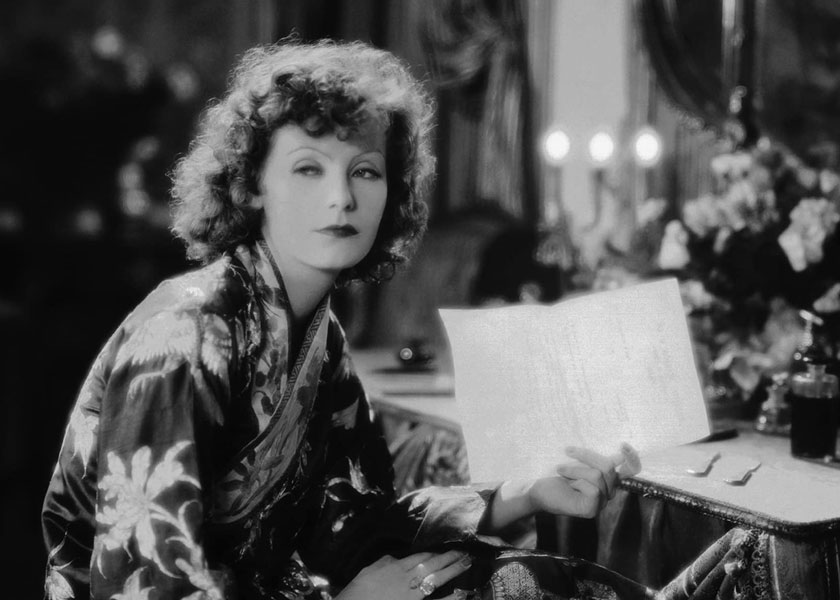
The Divine Woman (1928)
Directed by Victor Seastrom
Starring Greta Garbo, Lars Hanson
After her lover, Lucien, is jailed for desertion, Marianne becomes the mistress of a rich sophisticate, Henry Legrand. Legrand supports her introduction to the stage, and she soon becomes a successful actress. Lucien, released from prison after 5 years, goes away. Despondent over the loss of her lover, Marianne loses her protector and sinks into poverty. Eventually, Lucien returns, and they move to his ranch in South America.
The only Garbo film that is mostly lost, only a few fragments exist. Contemporary reviewers, in Screenland, Exhibitors Herald and Moving Picture World, and the New York Times, found this film stereotyped and dull. Even Garbo’s acting was rated as disappointing.
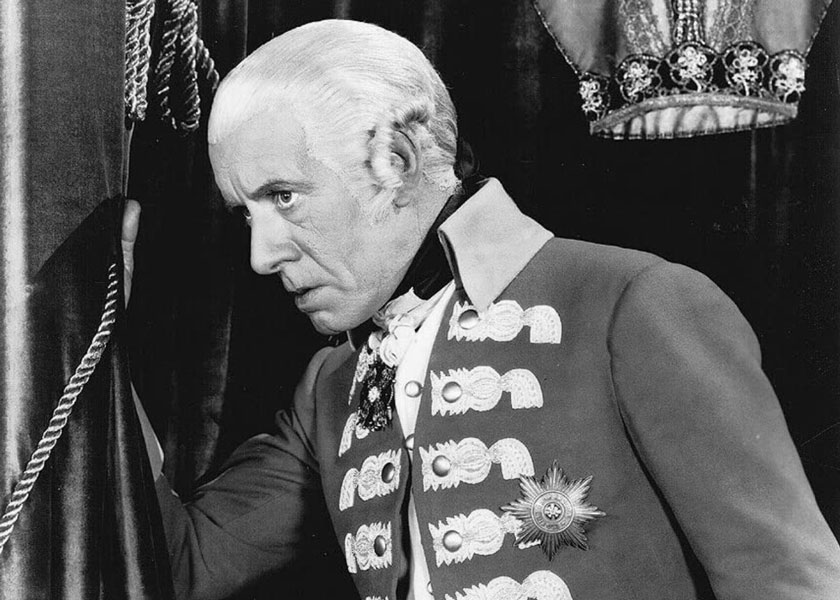
The Patriot (1928)
Directed by Ernst Lubitsch
Starring Emil Jannings, Florence Vidor, Lewis Stone
Although he is a trusted friend of Tsar Paul I, Count Pahlen plots to assassinate the maniacal ruler. The Tsar is warned of Pahlen’s plot but believes Pahlen’s assurances of loyalty. In the night, Pahlen and his accomplice, Stephen, enter the Tsar’s room and kill him. Stephen turns his gun on Pahlen and shoots him. As he dies, Pahlen proclaims that he may have been a poor friend but has always been a “Patriot”.
Along with the outstanding actors in the cast, the film featured hundreds of extras and lavish costumes and sets. Many reviewers of the time praised the film as a masterpiece. The film was in the running for several Academy Awards, including Best Picture, Best Director, Best Actor (Lewis Stone), Best Art Director, and Best Writing. It won an Oscar for Best Writing. It is the only Best Picture nominee for which only pieces exist.
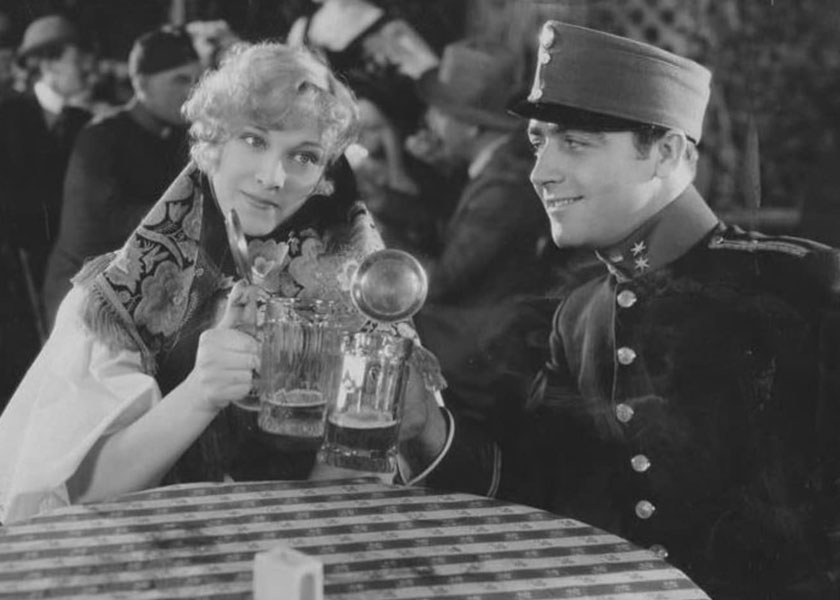
The Case of Lena Smith (1929)
Directed by Josef von Sternburg
Starring Esther Ralston, James Hall, Gustav von Seyffertitz
The prologue and epilogue occur a day in 1914 as Franz bids lena, his mother, and Stefan, his stepfather, good bye and goes off to war. The story shifts back to 1894. Poor peasant Lena leaves her home and moves to Vienna. In Vienna, Lena meets and marries a dissipated officer, Franz Hofrat, and bears his child, also Franz. She goes to works a servant for her husband’s parents without informing them of her marriage or the child. Her husband returns to his dissipated ways. Lena suffers shame and imprisonment as she struggles to keep her child.
The film seems to have been a nostalgic piece for Sternberg who was born in Vienna in 1894. The film depicts the city and its citizens as Sternberg remembered them from his childhood. A site of particular importance in the film, and in Sternberg’s memory, was a large amusement park, the Prater.
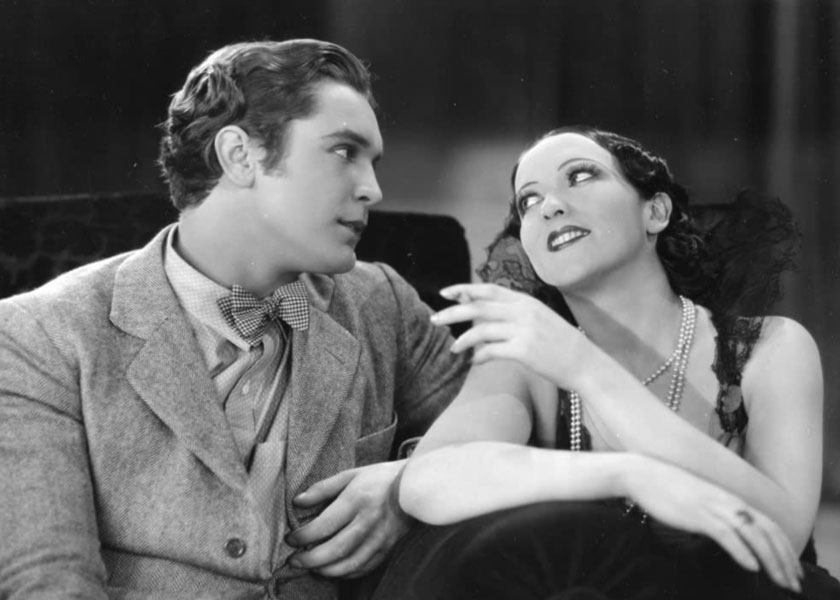
4 Devils (1928 / 1929)
Directed by F.W. Murnau
Starring Janet Gaynor, Charles Morton
Four orphans, raised by a circus clown, form a trapeze act, under the name of 4 Devils. From childhood, Marion has loved Charles. After the act moves to Paris, a rich, aristocratic woman becomes infatuated with Charles, who drinks and attends parties with her. Marion fears that he will be unable to perform the highly dangerous maneuver that they have devised to conclude their act. On the day of their final performance in Paris, Charles spends the afternoon and early evening drinking and lovemaking with the woman. He staggers back to the circus. Marion is heartbroken but goes on. Charles barely completes the stunt, but an exhausted Marion misses her hold and folds. The final shot implies a happy ending.
Charles Mordaunt of the New York times praised the film for its convincing portrayal of love and passion. The film held the attention of the audience from the first scenes.
The film was released as talking pictures were becoming dominant. A few months after its release, the Fox Studios withdrew the film from circulation and produced a new version with some talking sequences. Neither version survives.
Further Reading
